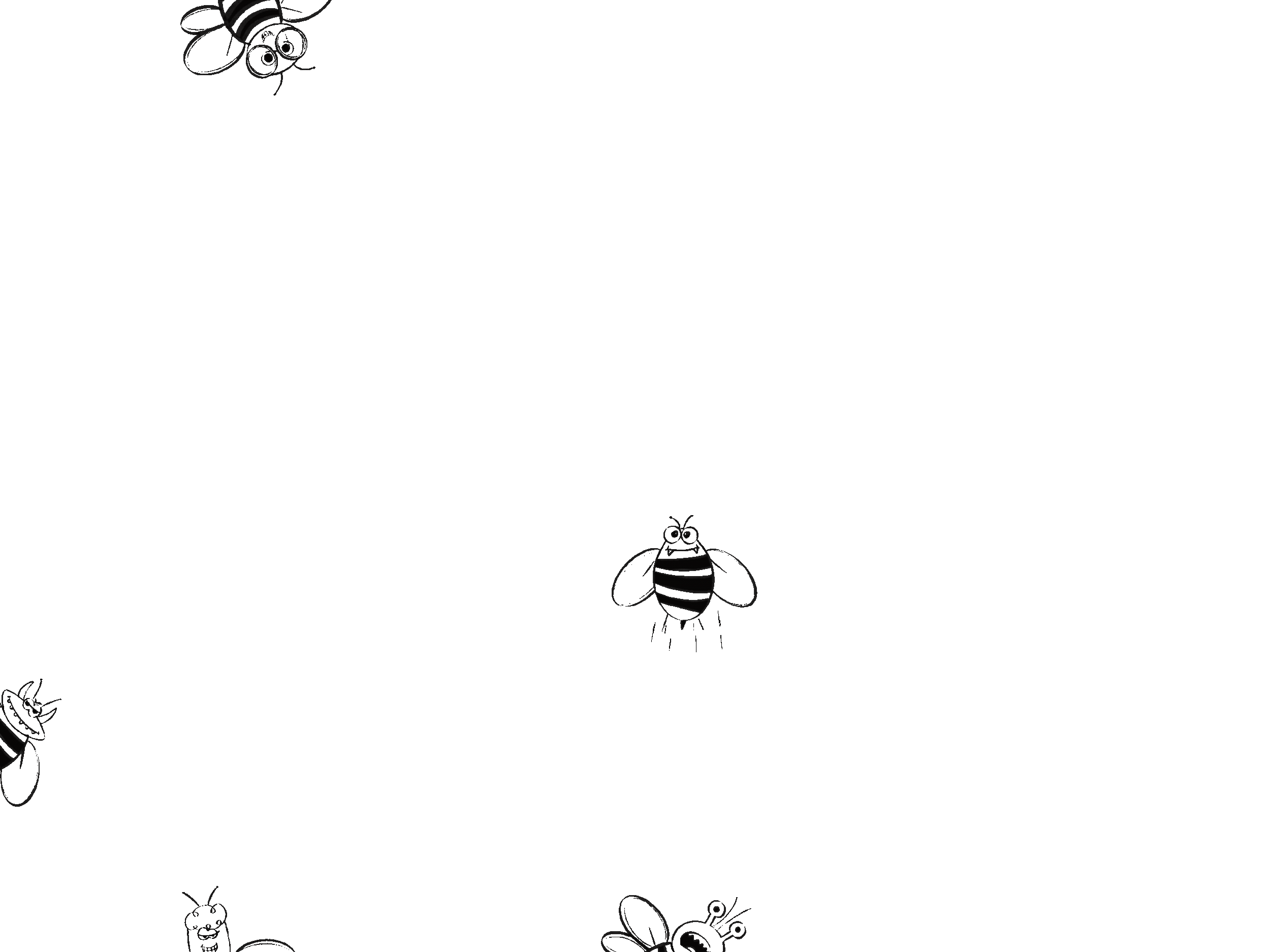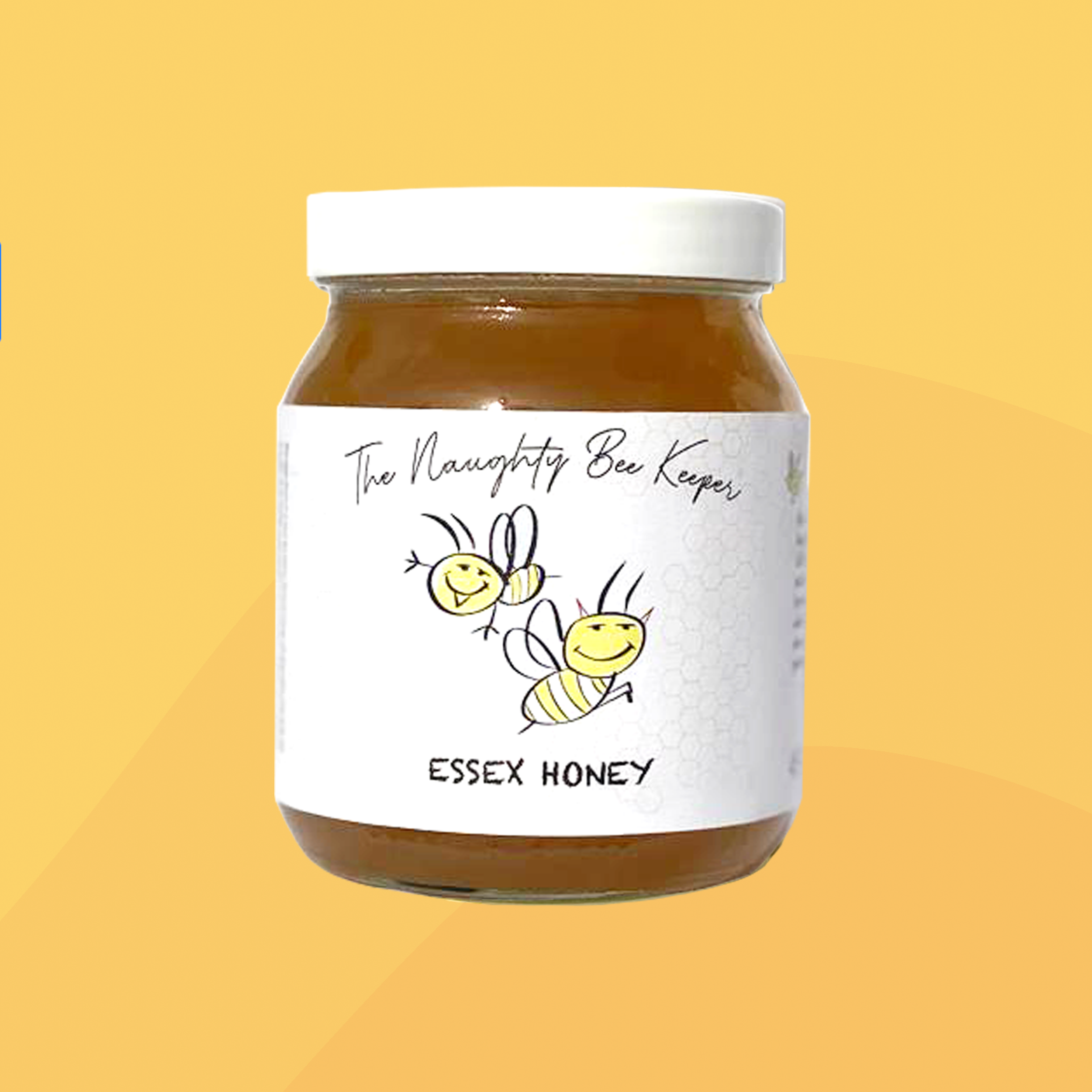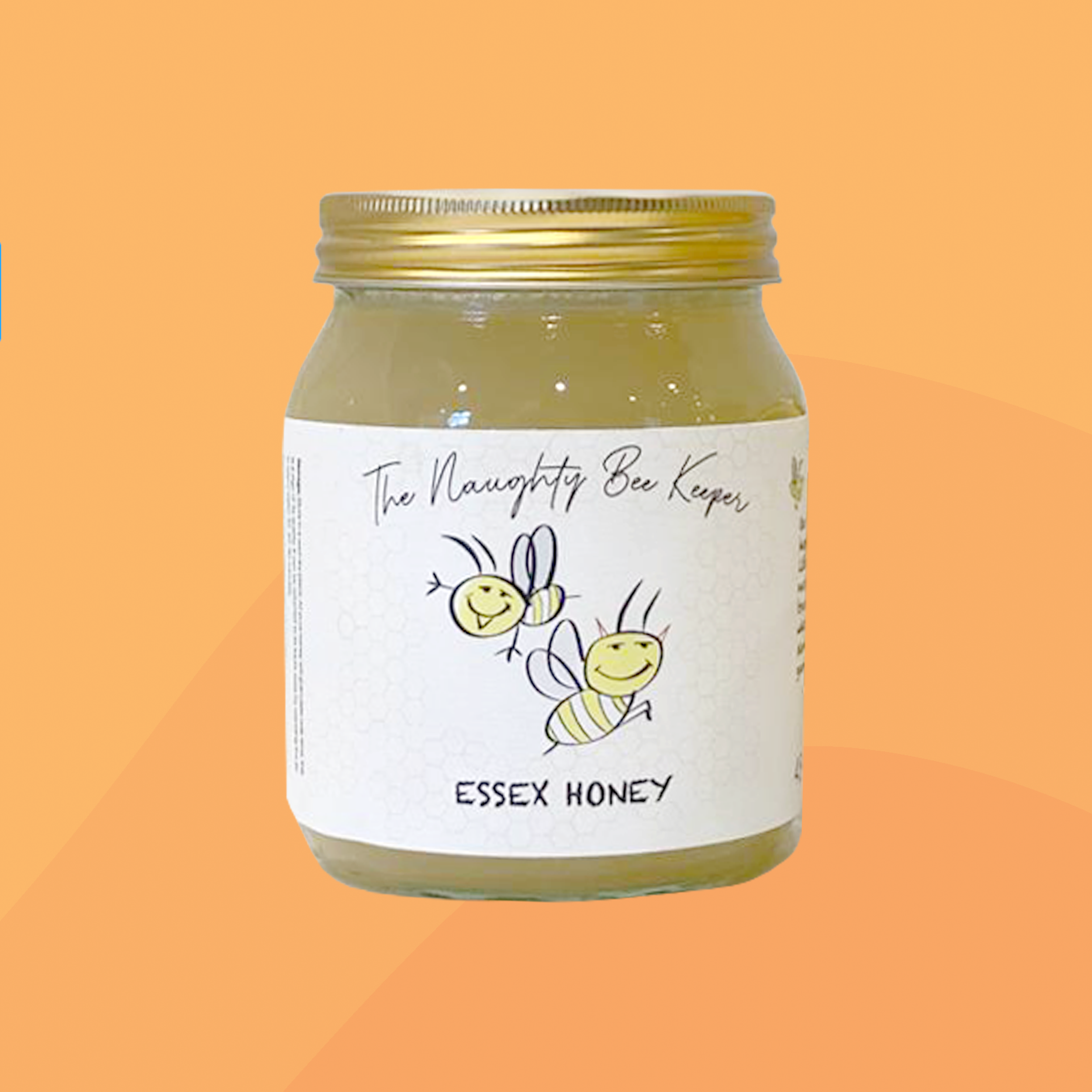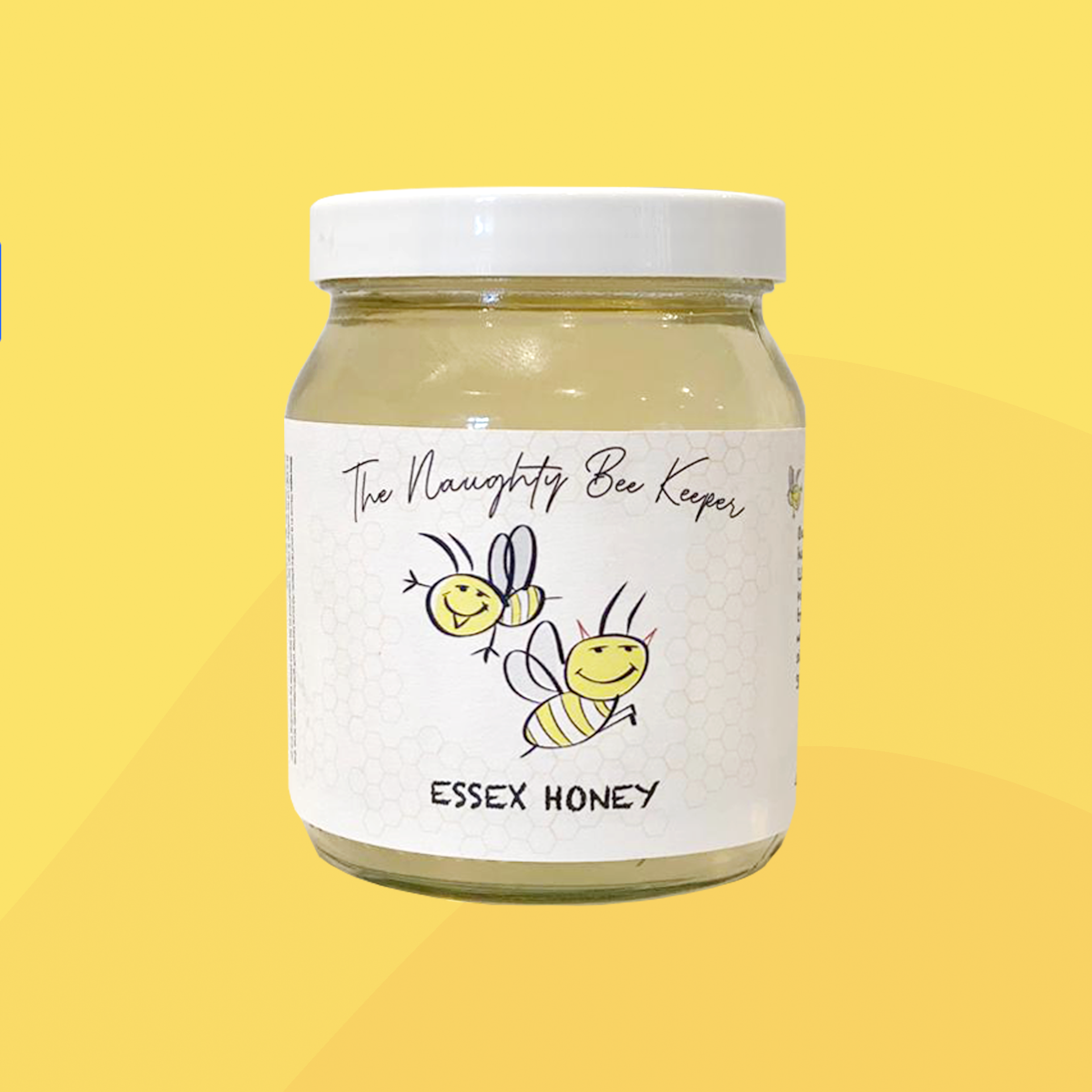SHOW ME THE HONEY!
Pure honey
as nature intended.
Now available in Linsells, Felsted
•
Now available in Linsells, Felsted •
‘Naughty Bee Keeper’ honey comes from hives in Felsted and Little Dunmow.
Our ‘Naughty Bees’ forage happily over Felsted and Little Dunmow collecting nectar and pollen. They transform it into honey which is just extracted and raw filtered so none of its goodness is lost.
Pure honey as nature intended and traceable back to one of three sets of hives. Each batch is different and reflects the forage the bees are working at the time.
THE HONEY.
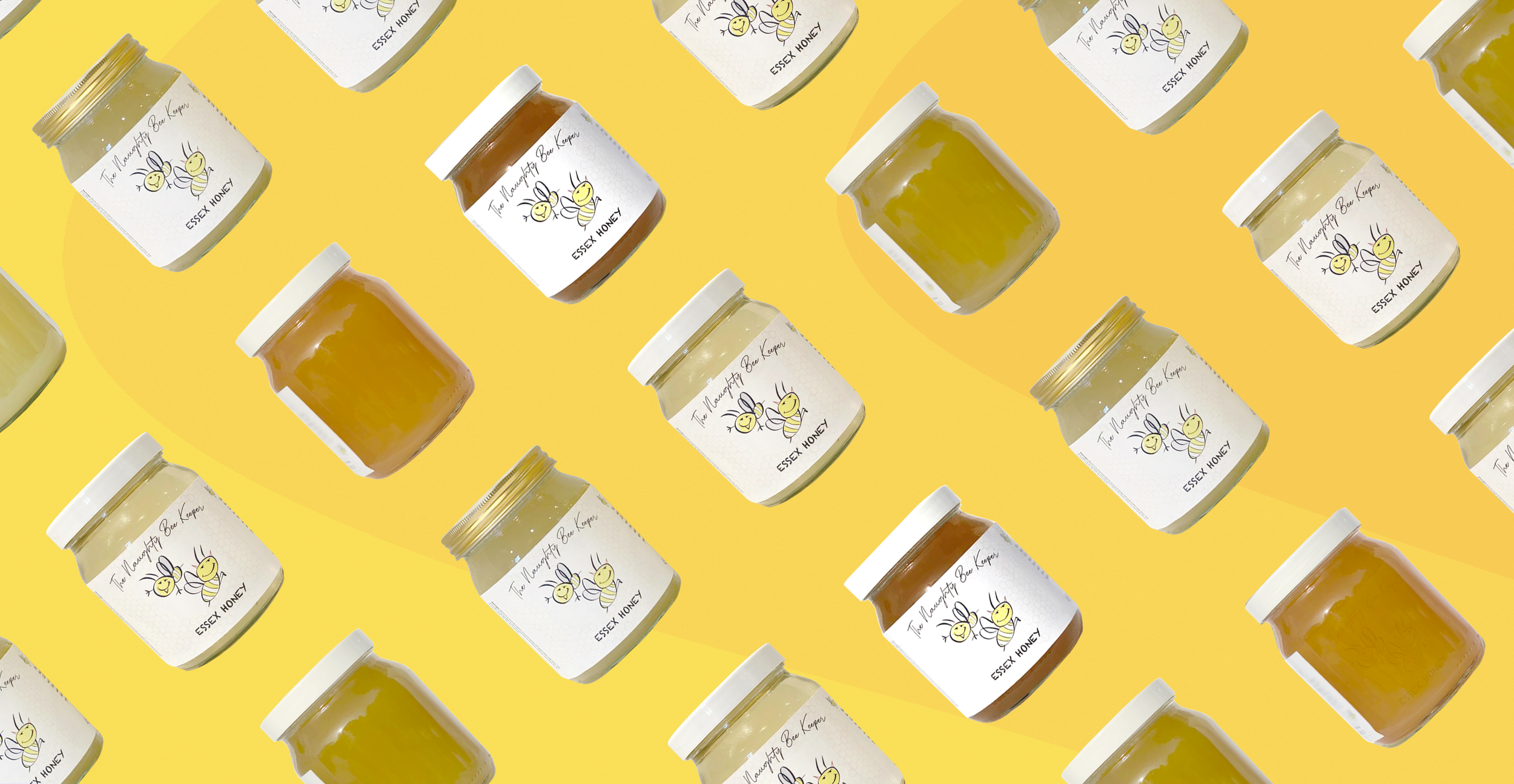
Would you look at those colours!
Did you know…. Hive location has a big impact on the honeys characteristics.
WHERE DO THE
NAUGHTY BEES LIVE?
We have 4 apiaries located across Dunmow and Felsted. The location has a big impact on the honey produced. Try the different honeys to see for yourself!
VILLAGE HIVES.
Where are the Hives?
Village Hives are located in our Garden in Felsted, and at the bottom of a neighbours garden about 500 yards away.
Forage:
The forage is likely to be from Felsted gardens, and the wildlife reserve at the back of Station Rd.
Early in the season the forage consists of fruit trees, hazel, willow, and blackthorn. Later in the season hawthorn, wild cherry, maple and lime add to the Felsted garden forage and wild flower meadow. Also, early in the season the hive in Steven’s garden found the rape at the bottom of Mill Rd.
NORTHERN TERRITORIES HIVES.
Where are the Hives?
When the new A120 was built, it transected a few fields which now lie between old and new roads.
These are at the northern edge of the Felsted Parish. The farmer used to call these difficult to farm fields the ‘Northern Territories’ and has let me site an apiary.
Forage:
Early season there was a lot of hawthorn, apple and wild flowers but the main nectar flow from here is dependant on the surrounding fields which this year have been borage.
Borage produces a sweet, floral and ‘runnier’ honey. As the Summer has been so hot, the water content is lower than usual for Borage Honey. Mid season, only one hive produced as the others were from seasonal splits or swarms and are building nicely on this plentiful nectar source. I may get a couple of boxes later in the season.
Water Tower.
Where are the Hives?
The ‘Water Tower’ is a field edge apiary located in the parish of Little Dunmow just North of the old A120. It consists of two active hives that forage on the fields around.
Forage:
Early season lots of wild flowers and tree pollen from the woods behind. Bees will forage in the Great and Little Dunmow gardens early in the season and when the beans were not in flower.
This apiary has produced the most varied honey this year with almost week to week variations.
MR BEE KEEPER. WHY IS THE
HONEY GRANULATED?
Why has my honey gone all cloudy?!
When it’s spun off the comb all honey is clear and runny by nature.
With time – days to months – it granulates, thickens up and goes cloudy before setting, occasionally with a liquid layer on top. Have no fear... this is completely normal and a sign of purity and doesn’t affect the honey at all.
If you want it runny and clean, don’t worry! It can be returned to its original state by gently warming the jar. Although, not too hot or fast as heating above body temperature starts to destroy the nutritional value… almost 200 components! All you have to do is put it in some ‘Luke Warm’ water and leave it to fix itself.. easy peasy!
Here’s two honeys from the same batch. Why are they so different you ask… great question! The one on the left has granulated naturally, whereas the right has been warmed to body temperature for a few hours, returning it to a clear, runny state.
Isn’t nature amazing!


